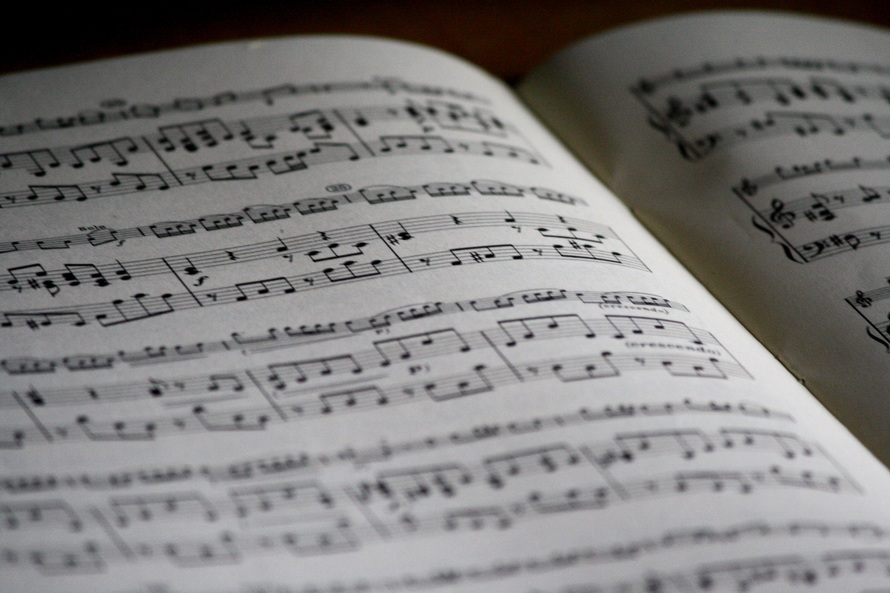
When I teach model lessons to K-12 students, I always play classical music before the lesson begins. If I am teaching elementary students, I go to each desk and introduce myself while they are listening to music. If the students are in middle or high school, I am at the door to greet them as they change classes.
Before I begin the lesson, I ask students if they know what type of music I am playing and how it makes them feel. At least one student inevitably recognizes the type of music, and I have received comments such as It relaxes me! It calms me down! It makes me sleepy! I like it! It sounds strange! What I am attempting to do is get students’ brains in a state of relaxed alertness so they will do well on the subsequent lesson. And they do!
Two other uses of music have to do with its effect on memory and its relationship to mathematical ability. Whenever students put content to music, they stand a better chance of remembering it. Some research also suggests that the same spatial part of the brain that is activated when one is playing a musical instrument or sight-reading music is also activated when one is solving higher-level math problems. In a study by Catterall, Chapleau, and Iwanga (1999), the mathematics scores of low socioeconomic students more than doubled for those who took music lessons compared to those who did not.
What The Research Says
Pop music can increase concentration and raise endorphin levels while Baroque music can calm and soothe (Gregory & Chapman, 2013).
Music activates neural networks in the brain, which stimulate both the intellect and the emotion (Sousa, 2011).
Since music can act as a volume barrier, playing it while students are collaborating can keep the noise level low (Allen & Currie, 2012).
Make It Happen
- Appoint a disc jockey in each class whose job it is to play the music that you request when you request it. One student can fulfill that role for one week and at the end of the week, the responsibility shifts to another student who is interested in the job. Make playlists on your iPod or iPad for your disc jockey to make the job easier.
- Find appropriate music to accompany your lesson and incorporate it directly into your teaching. For example, Billy Preston’s Will It Go Round in Circles is perfect for teaching circumference in math, and Billy Joel’s We Didn’t Start the Fire can accentuate your history lesson.
- Following instruction in a major concept, have students write an original song, rhyme, or rap to symbolize their understanding of the concept previously taught. Students can be assigned this task for homework, if class time does not permit. Then on the following day, all students in a social studies class, for example, can attend the Talent Show, where volunteers pretend to be on American History Idol rather than American Idol and get up and perform their original effort for the class. What a fun way to review content! By the way, when students are taking content and putting it into a different form, such as song, rhyme, or rap, they are using one of the highest-level thinking skills available to them – synthesis.
For more examples of instructional activities that engage students using music, rhythm, rhyme, and rap, consult the 3rd edition of my best-selling book, Worksheets Don’t Grow Dendrites.